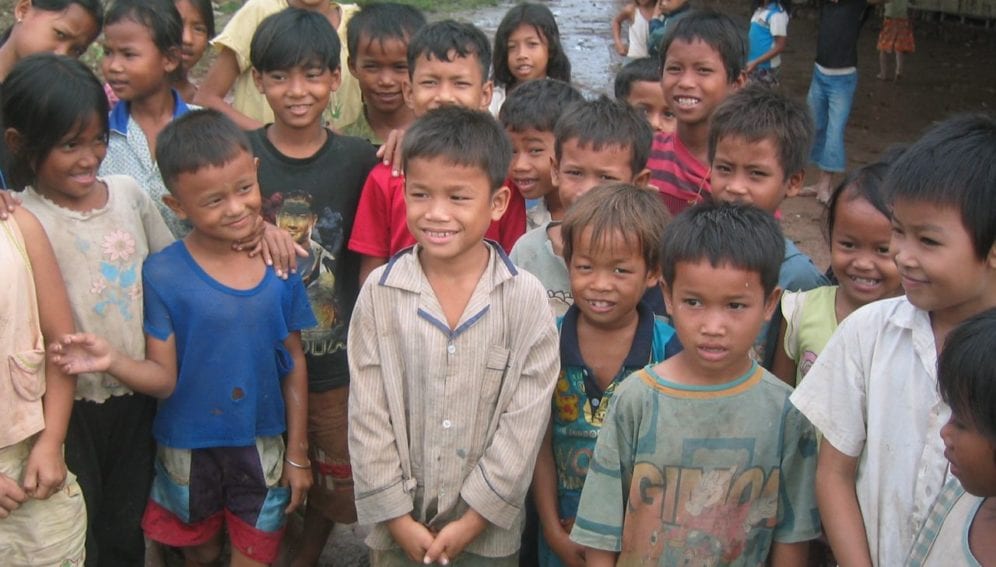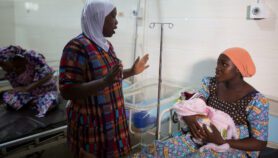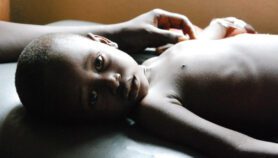By: Jose Galang
Send to a friend
The details you provide on this page will not be used to send unsolicited email, and will not be sold to a 3rd party. See privacy policy.
Large numbers of young children in low- and middle-income countries (LMICs) are failing to meet basic developmental standards that are linked with later-life health, productivity and wellbeing.
One in every three preschool-age children (five years and below) living in LMICs does not meet basic milestones in either cognitive or socio-emotional development, according to a study led by Dana Charles McCoy of the Harvard Graduate School of Education, which was published in PLOS Medicine (7 June). [1]
The study defines low cognitive development as “an inability to follow simple directions and work independently”. Low socio-emotional development, on the other hand, is “an inability to control aggression, avoid distraction and get along well with other children”.
Exacerbating these poor basic skills development scores are deficits in the children’s physical growth. Around 17 per cent are estimated to be stunted — their physical growth is not appropriate for their age.
Extrapolating available data on nearly 100,000 three- and four-year-old children living in 35 LMICs, 32.9 per cent or 80.8 million children were found to have low cognitive or socio-economic development, or both. The researchers used two of four key development areas in the widely watched Early Child Development Index developed by UNICEF (UN Children’s Fund).
By geographic regions, the Sub-Saharan LMICs show the highest prevalence rate of 43.8 per cent (29.4 million children), followed by South Asia with 37.7 per cent (27.7 million children). The lowest prevalence rates were noted in Latin America and Caribbean LMICs with 18.7 per cent, and the North Africa/Middle East/Central Asia with 18.4 percent.
LMICs in the East Asia and Pacific region accounted for a prevalence rate of 25.9 per cent (15.1 million children). However, a separate study released early this month reports that stunting constitutes a severe public health problem in half of the ten-member Association of Southeast
Asian Nations (ASEAN), with the prevalence of stunting and wasting in children under five remaining “unacceptably high”. [2]
Lead author McCoy tells SciDev.Net their research did not focus on the reasons behind the lower prevalence of difficulties than others, although she cites that lower rates of poverty “may contribute to lower numbers”.
“Supportive, responsive and enriching interactions with parents and other caregivers are the primary mechanisms through which children develop cognitive and socio-emotional skills in early childhood.”
Dana Charles McCoy, Harvard Graduate School of Education
She says the research suggests a need for additional policies and programmes that aim to “reduce children’s exposure to poverty, violence and other sources of toxic stress in the environment”.
“We also need resources and supports to promote children’s opportunities to learn, both in and out of the home,” she adds. “Research has shown that supportive, responsive and enriching interactions with parents and other caregivers are the primary mechanisms through which children develop cognitive and socio-emotional skills in early childhood.”
McCoy notes: “More importantly, these interventions to reduce risk and promote learning need to be implemented early on, in the first 1,000 days of life. The results of our study suggest that developmental setbacks are already common by the time children are age three or four, and neuroscience tells us that children’s brains are growing most rapidly during this early childhood period.”
Chemba Raghavan, regional education specialist for UNICEF’s East Asia and the Pacific office, agrees, stating that UNICEF stresses the first 1,000 days between the start of a woman’s pregnancy and her child’s second birthday, which presents “a unique window of opportunity to help children and the societies in which they live to thrive”.
Citing examples of UNICEF efforts, Raghavan tells SciDev.Net that in Indonesia, a study on school readiness in six districts showed that early childhood development programmes had helped develop psychosocial and cognitive competencies to make children ready for school, provided participation in those programs were at least for one and a half years.
In the Philippines, child health cards or books are used as a basic record of child health. In many countries, the books also include growth monitoring and key messages related to infant and young child feeding.In Sri Lanka, the Ministry of Health has helped implement the UNICEF and WHO “Care for Development Package”. It is designed to be delivered by healthcare professionals to parents when they accompany children on visits to health centres, Raghavan says.
This piece was produced by SciDev.Net’s South-East Asia & Pacific desk.
References
[1] Dana Charles McCoy and others Early Childhood Developmental Status in Low- and Middle-Income Countries: National, Regional, and Global Prevalence Estimates Using Predictive Models (PLOS MEDICINE, 7 June 2016)
[2] ASEAN, UNICEF/EAPRO and WHO Regional Report on Nutrition Security in ASEAN (2016)














